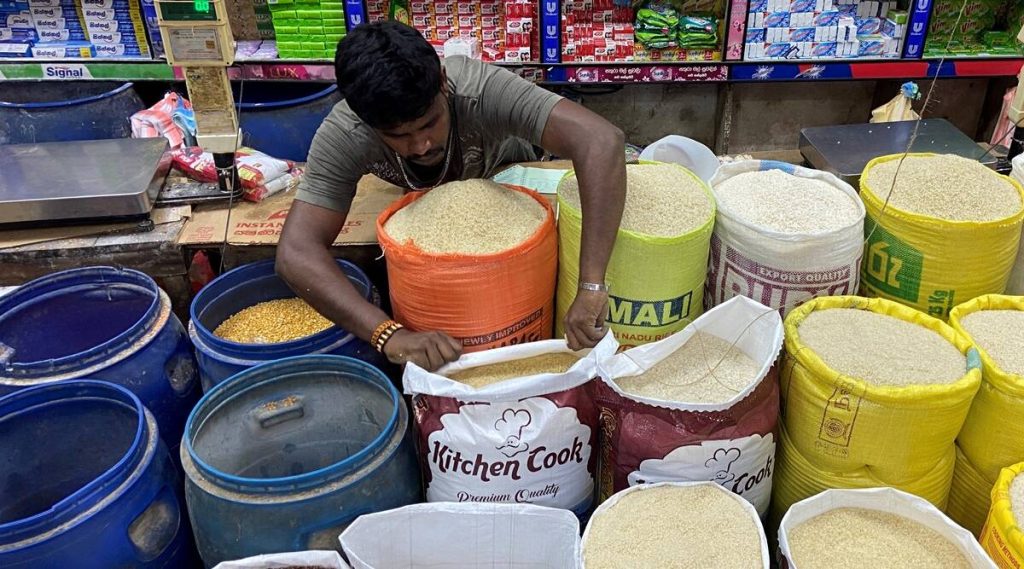Anger over Sri Lankan President Gotabaya Rajapaksa’s handling of the island nation’s mounting economic crisis degenerated into violence late Thursday, with hundreds of protestors clashing with police for several hours.
Due to a significant lack of foreign money, Rajapaksa’s government has been unable to pay for basic imports, like fuel, resulting in power outages lasting up to 13 hours.
After the country depreciated its currency last month ahead of talks with the International Monetary Fund (IMF) for a loan program, ordinary Sri Lankans are also suffering from shortages and rising inflation.
According to critics, the foundation of the crisis, which is the worst in decades, is economic mismanagement by successive governments, which established and maintained a dual deficit – a budget deficit as well as a current account deficit.
“Sri Lanka is a classic twin deficits economy,” according to a working paper published by the Asian Development Bank in 2019.
“A country’s national expenditure exceeds its national revenue, indicating that its production of tradable products and services is insufficient.”
However, massive tax cuts promised by Rajapaksa during his 2019 election campaign and implemented months before the COVID-19 pandemic, which wiped out swathes of Sri Lanka’s economy, have worsened the current catastrophe.
With the pandemic decimating the country’s vital tourism industry and foreign workers’ remittances, credit rating agencies downgraded Sri Lanka, virtually shutting it out of international capital markets. As a result, Sri Lanka’s debt management program, which relied on access to those markets, fell apart, and the country’s foreign exchange reserves plunged by about 70% in just two years.
The decision by the Rajapaksa government to ban all chemical fertilizers in 2021, which was later reversed, harmed the country’s farm economy and resulted in a decline in the key rice production.
